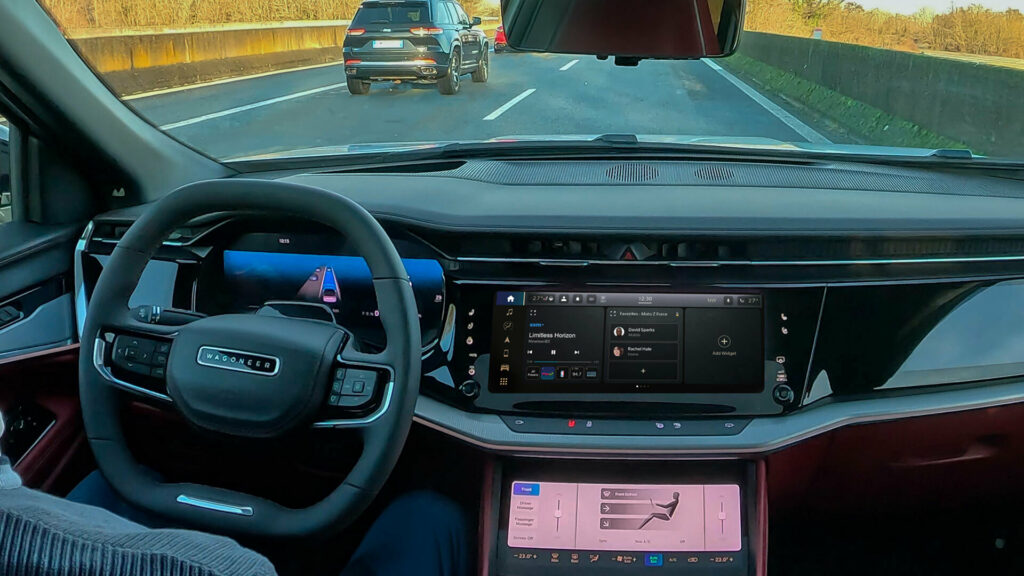Stellantis has suspended the development of its semi-autonomous driving system
The Stellantis concern has reportedly postponed the launch of its Level 3 semi-autonomous driving system, known as STLA AutoDrive. According to sources, the program has been “frozen” due to high costs, technological difficulties, and a lack of demand. A Stellantis representative noted that the program is not necessarily canceled, but there is “limited market demand.”
What are Level 3 autonomous systems?
Level 3 autonomous driving systems are considered an ideal solution for private cars because they provide conditional automation. This means the system can perform all aspects of driving, but the driver must be ready to take control if necessary.
Technology is already available, but not for everyone
The technology already exists: Mercedes became the first manufacturer to offer a Level 3 system in the USA. Known as Drive Pilot, it is available for EQS and S-Class models and functions in urban conditions at speeds up to 40 mph (64 km/h).
Why did Stellantis abandon its system?
Unfortunately, Stellantis appears to have halted the development of its own Level 3 system. According to three individuals familiar with the situation, the company decided to postpone the program due to “high cost, technological challenges, and concerns about consumer demand.”
A Stellantis representative stated: “What was presented in February 2025 was an L3 technology for which there is currently limited market demand, so it was not launched, but the technology is available and ready for implementation.”
Future prospects and opportunities
While the future of the program remains uncertain, Stellantis had previously stated that the system would provide “hands-off and eyes-off functionality” at speeds up to 37 mph (60 km/h), even at night and in complex weather conditions. This would be accompanied by a Level 2+ system, which would allow for hands-off operation but with eyes on the road at higher speeds.

Potential for development
Stellantis also noted that the system would likely evolve and become more functional. They highlighted the potential for the Level 3 system to function at speeds up to 59 mph (95 km/h). The benefits are obvious: AutoDrive would allow drivers to temporarily engage in other activities, such as watching movies, checking email, or reading, which could fundamentally change the driving experience.
Stellantis’s decision reflects general trends in the automotive industry, where many manufacturers are struggling to balance innovation with practicality. While technologies continue to develop rapidly, actual demand and market readiness often prove to be decisive factors for the implementation of new systems. This underscores the importance of not only technical progress but also economic feasibility and consumer perception.


 by
by 
